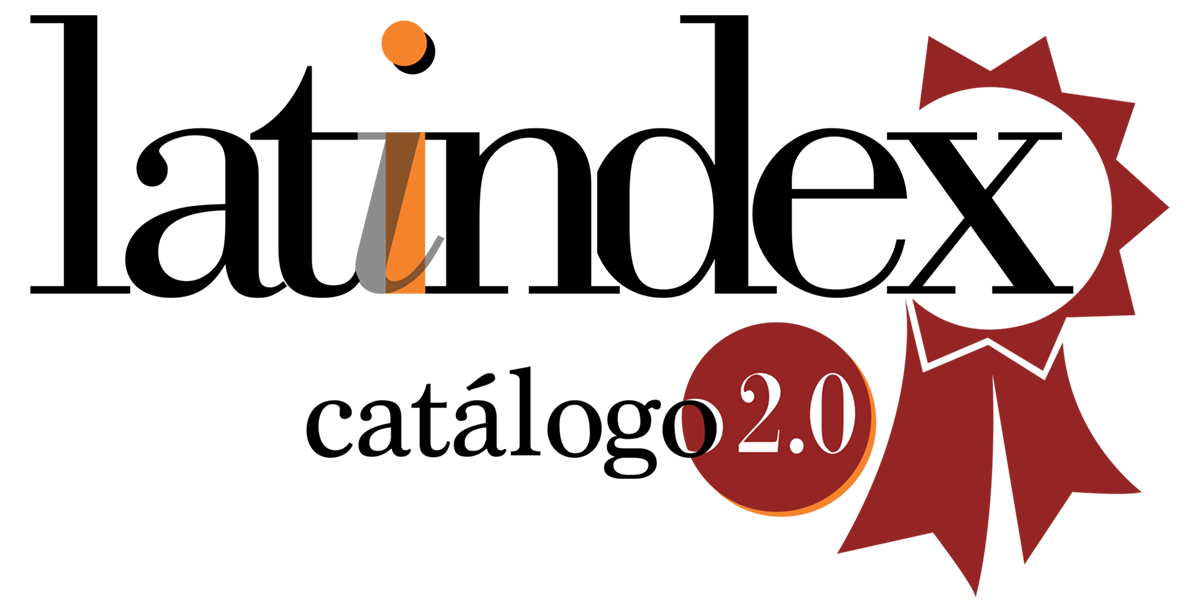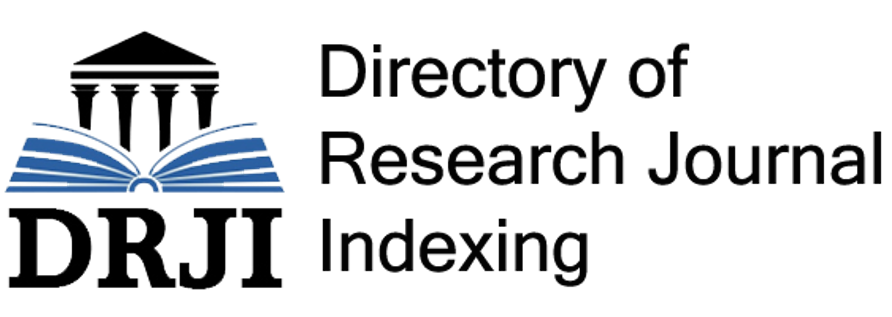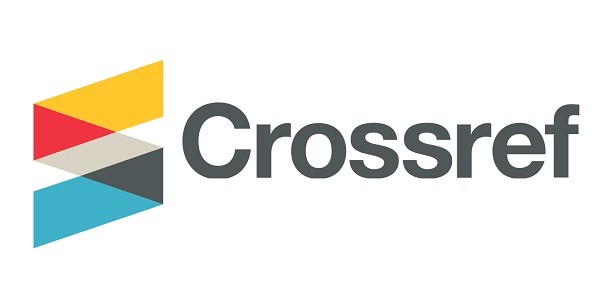Strengthening the connection between levels of care for economically sustainable health.
DOI:
https://doi.org/10.35954/SM2024.43.1.1.e101Abstract
In the dynamic healthcare landscape, the interaction between the different levels of care -primary, secondary and tertiary- plays a crucial role in shaping an efficient and economically sustainable healthcare system. Synergy is essential between the first level of care and the higher levels and how this interaction can be the key to a brighter future in healthcare. The first level of care, the most accessible to the population, serves as the first line of defense in public health. Its role in prevention, early diagnosis and management of chronic diseases is irreplaceable. However, its effectiveness is limited in the absence of effective collaboration with higher levels of care, where more complex cases are managed and advanced technologies are available. A well-structured relationship between these levels can result in more coordinated and less fragmented care, benefiting not only patients but also the health system as a whole. Effective referral and counter-referral between the different levels ensures a continuum of care and reduces duplication of services, leading to greater efficiency in the use of resources.Moreover, in an era where economic sustainability is paramount, collaboration between levels can significantly lower costs. For example, proper management of chronic diseases at the first level can prevent complications that require costly interventions at higher levels. Likewise, specialization and the use of state-of-the-art technology at the tertiary and quaternary levels should be well justified and reserved for cases that really need them. Continuing education and training of health professionals at all levels is essential to facilitate this interaction. Similarly, the implementation of integrated information systems can improve communication and data exchange between the different levels, contributing to more informed and coordinated care. In conclusion, the relationship between the first level of care and the higher levels is a cornerstone for achieving a health system that is not only clinically effective, but also economically sustainable. It is time to strengthen this connection by investing in integration and collaboration between the different levels of care to build a healthier and more equitable future.
Downloads
Metrics

Downloads
Published
How to Cite
Issue
Section
License
Copyright (c) 2024 : Pablo Cabral. The author retains his copyright and assigns to the journal the right of first publication of his work, which will be simultaneously subject to the Creative Commons Attribution 4.0 International License that allows sharing the work as long as the initial publication in this journal is indicated.

This work is licensed under a Creative Commons Attribution-NonCommercial 4.0 International License.
Until 2024 we use the Creative Commons Attribution/NonCommercial Attribution 4.0 International License https://creativecommons.org/licenses/by-nc/4.0/deed.es. Which states that: you are free to share, copy and redistribute the material in any medium or format, as well as to adapt, remix, transform and build upon the material. Under the following terms:
Attribution: you must give proper credit , provide a link to the license, and indicate if changes have been made . You may do so in any reasonable manner, but not in such a way as to suggest that you or your use is endorsed by the licensor.
NonCommercial: you may not use the material for commercial purposes.
As of 2025 authors retain their copyright and assign to the journal the right of first publication of their work, which shall simultaneously be subject to the license https://creativecommons.org/licenses/by-nc-sa/4.0/deed.es that permits sharing, copying and redistribution of the material in any medium or format provided that initial publication in this journal is indicated. Adapt, remix, transform and build upon the material. If you remix, transform, or build from the material, you must distribute your contribution under the same license as the original and may not make use of the material for commercial purposes.
Under the following terms:
1. Attribution: you must give proper credit, provide a link to the license, and indicate whether changes have been made. You may do so in any reasonable manner, but not in such a way as to suggest that you or your use is endorsed by the licensor.
2. NonCommercial: you may not use the material for commercial purposes.
3. ShareAlike: if you remix, transform or build upon the material, you must distribute your contribution under the same license as the original.
PlumX Metrics






























